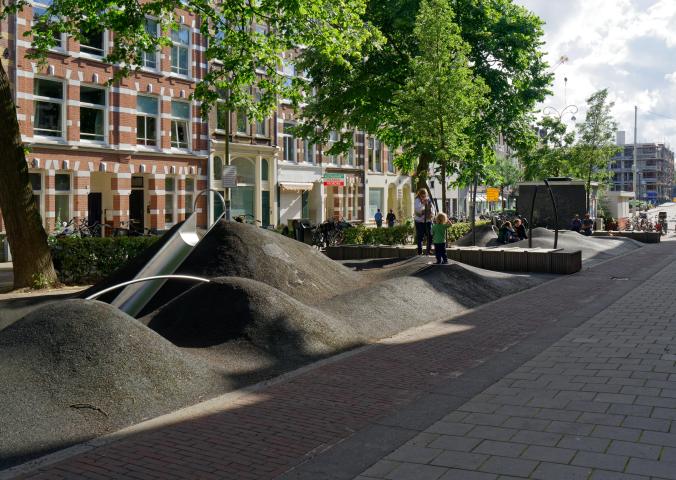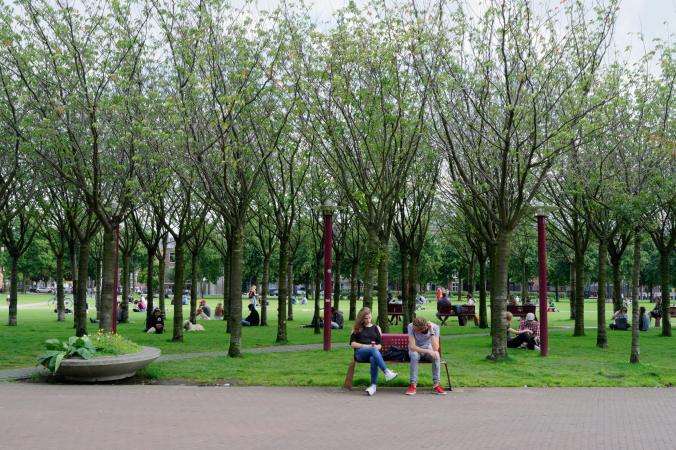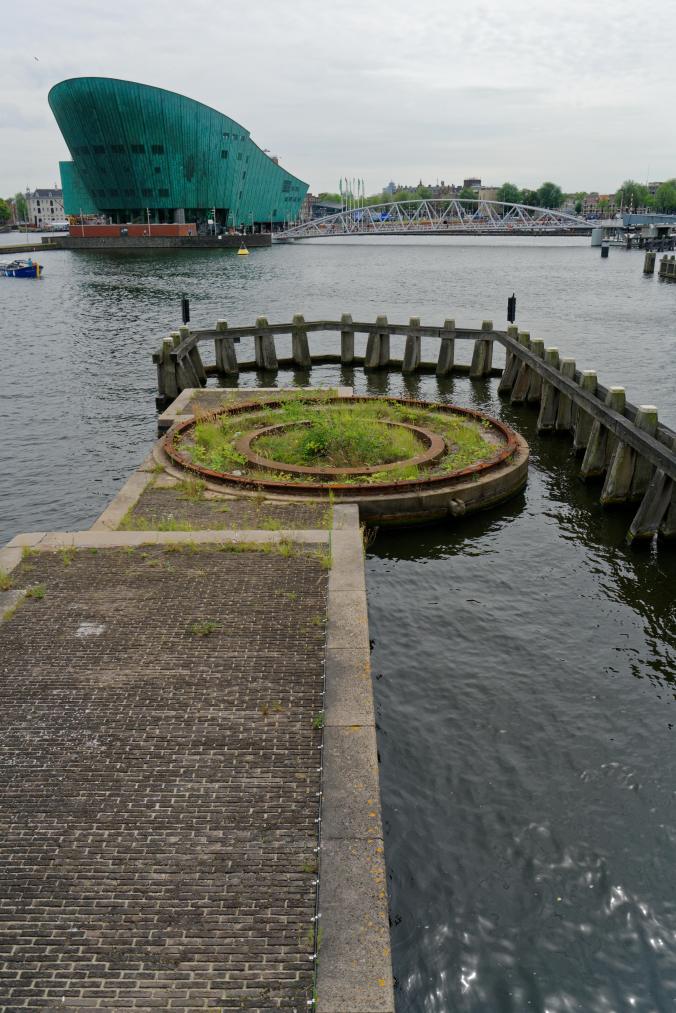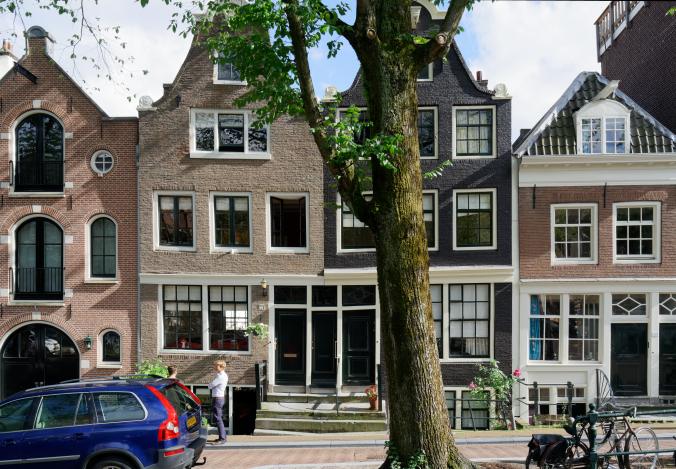
First, the landscape of Serengeti: I’ve been thinking about the different moods the landscape offers, the different spells it casts, the different reveried orientations it induces or, perhaps I conjure up. Its beauty I take for granted throughout, though as an experience of this place, beauty must remain first among equals.
We are here during the dry season when the lush of greens (about which, near water sources, we catch suggestive glimpses) has withered and turned to the windswept browns and mainly tans, yellows, and shimmering golds of late summer. I imagine that some people find such relatively parched flora to be wanting because after all who can stand amidst the desiccated and not yearn for the fullness of life and its affirming colors which so please human sensibilities. But not to recognize the beauty also of the fallow season is a failure of that same sensibility and of its handmaiden imagination. The fields, the plane, the plains of grasses in all their shades of colors ceaselessly blowing or at least undulating in the persistent wind or breeze — whether barren of trees, punctuated by a few isolated ones, or polka-dotted by these anything but polka-dot-like acacias — present an ever-constant and ever-changing tableau of beauty.

Much else falls under the rubric of, and contributes to, the beauty of this protected and nurtured region of east Africa the size of Connecticut. But even if there were no such much else, the grasses are themselves sufficient to produce aesthetic majesty.
Imagination, a concept I have invoked, comes into play in a variety of its facets. I won’t enter here into a linguistic or conceptual disquisition on them, any more than to suggest that doing so would be a worthy undertaking, and the kind of thing I enjoy. I mention it here because at least for me Serengeti invites and excites to an exceeding degree the active and vivid exercise of imagining. And so, at different times during our days criss-coursing through Serengeti I have considered Serengeti’s attitudes, and have been aware that in doing so I have been tapping into a nexus between the landscape itself and my imaginative faculty.
Glance in almost any direction in Central Serengeti, hold your gaze, and let it sink in, enter you, inhabit you. Whatever your eyes tell you, you are doing much more than seeing. You are experiencing Serengeti eyes, mind, body, and soul, and if your soul is in the moment pitched accordingly, you feel calm and pleasingly slightly elevated, like the sense of being in a reverie but without the intrusion of constitutive thought. You experience the feeling, and the less programmatic associated thoughts, of serenity.
But of course, such a feeling (even for the most beatific) cannot endure forever or even for long, and certainly not in Serengeti, as predators lurk unseen, threaten to appear at any moment, and sometimes actually do. Even when you are not heightened in your awareness of them, such as when a lion saunters by within inches of your jeep, confidently and seemingly sovereignly, predators remain contextually and tacitly on your mind. How could they not? Animals all around, mostly vegetarians, are built with ostentatious visible reminders, most notably the prominent displays of their defensive armature, their ready horns on their heads. Serengeti’s landscape is a world of danger.
For some, the game of cat and mouse between big-cat predators and bigger and smaller prey might in itself excites the heart in a manner that enlivens feelings of raw creation and its consequences, bordering for some on the divine. That is not my reaction, or Sarah’s or Gideon’s. But the grandeur of the vast untamed land and its inhabitants, the existential daily struggle for survival, does wash over you, bathing you in a sense of awe. Awe at the place. Awe at what it preserves. Awe at its historical significance for humanity’s evolutionary endurance. Awe at what, perhaps as nowhere else on this scale, takes place in it every day.
It is, however, possible, and for me it is often easy, to look with a different attitude and effect at these same armed-creatures and the many unarmed ones going about their daily practice of heads bent to the ground, in their own manner feasting on the dried grassy offerings seemingly without a care to their names, which convey their vulnerability. Serengeti, for almost all the time we moved around it, covering hundreds of kilometers, if judged by just what you see, offers the perfect picture of peacefulness.
Zebras and gazelles grazing, hippos lazing, giraffes raising, water buffaloes gazing, elephants amazing. Slow and calming, among the live-and-let-live vegetarians, not a care to be seen. By the evidence of the eyes, the principal source of evidence to the quieted mind, for most of the time Serengeti appears a paradise of peace.
But dry it is, in the season we are there.
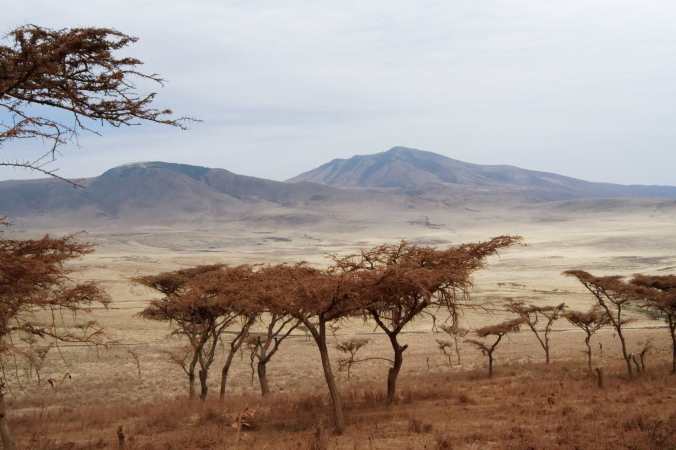
Green, the fertile color above all others, is seen only in often distant patches. You wonder, their seeming fine feeding notwithstanding, how Serengeti’s denizens survive, and if they will. We saw a small water buffalo stagger and fall over from seeming exhaustion (though we couldn’t be sure it wasn’t injured), laying there, legs bent under its bulk, twitching enervated on its way to the end. We looked, with pathos and alarm, at a band of twenty-five hippos piled partly on top of one another, geographically stuck in an all but dry water bed with barely enough thick mud to cover their sun-vulnerable bodies, surely on their way to their ends should the ever-drier dry season last much longer.

Those same grasses, of tans, yellows, and golds, which I so love, bespeak a seasonal story, which has led most of Central Serengeti’s inhabitants to flee northward in the cycle of the so-called Great Migration where rains and greens await them. What remains for those animals who chose not to leave, such as zebras, wildebeests, and gazelles of many varieties, and for those who can’t, hippos and elephants among others, is a world to endure because for weeks stretching into months it is desiccated.
There are many kinds of eyes and sensibilities to frame and inform your viewing of Serengeti, including artistic ones. I could write an extensive essay on art movements and individual artists and this landscape. Color, form, rhythm, subject matter, figures, grounds, figure and ground, horizon-line, light, above all light, they all invite many a riff from various artistic perspectives.

One, which I doubt is obvious, struck me pleasingly full force. I mentioned it to Gideon as we were standing, roof raised, in our Toyota Landcruiser, the Tanzanian custom-constructed safari vehicle of choice, as we looked out on the scenographic passing landscape. He, sharing a love for this blue-chip though curiously under-acknowledged and certainly under-feted painter, responded that he had been thinking the same. With the figures of the isolated and sparsely clumped acacia trees, many of them poetically or tragically broken by elephants, partly severed limbs twistedly hanging down, populating the continuous fields of merging ground and horizons, the landscape evokes the paintings of Yves Tanguy. That Tanguy was singular and masterful in his vocabulary, compositions, and craft only reinforces this association with the singular and tragically poetic quality of Serengeti. Central Serengeti, in places, especially in its western part, is surrealistic, which in itself could be a good or bad thing. In that it is Tanguyan renders it, in this framing, only good.
The Tanguyan quality of Serengeti might in itself suggest another of its experiential dimensions. As superficially repetitive as it can be in places, it nonetheless, or perhaps precisely because of its iterative and slightly changing rhythms, is seductive. It draws you in. You want to lose yourself in it. For hours on end you want more. You become fixated on its majesty and that majesty’s slight alterations. In this sense, to turn to another art, its visual and experiential world is akin to the sound world the best Philip Glass compositions create, of alluring repetition and change. I have been seduced so many times by Glass’ music and now I have been seduced one time, or is it several times (days), or is it many times (hours and minutes) by Serengeti. The landscape is seductive.
Recognizing the plurality of so much of existence, I often propose many most of alls as I adopt different perspectives and values. Each of these experiences of Serengeti justly evokes the most of all rubric. Still, asking for forgiveness for not discussing Serengeti’s yet other unmentioned moods, which I could equally have entered into, I save the most most of all experience of Serengeti – at least for me — for last. Most of all, Serengeti provokes thought. Contemplative thought, associative thought, analytical thought, fanciful thought, fecund thought. Lots and lots and lots of thought – of which this entry is but a brief suggestion. And conversation too. About the qualities I have mentioned here and more. Just ask Sarah and Gideon and Zadock. And ask them about their own landscapes and thoughts. There’s plenty there.
Serengeti, a landscape of majesty and plenty.
Danny, Tanzania

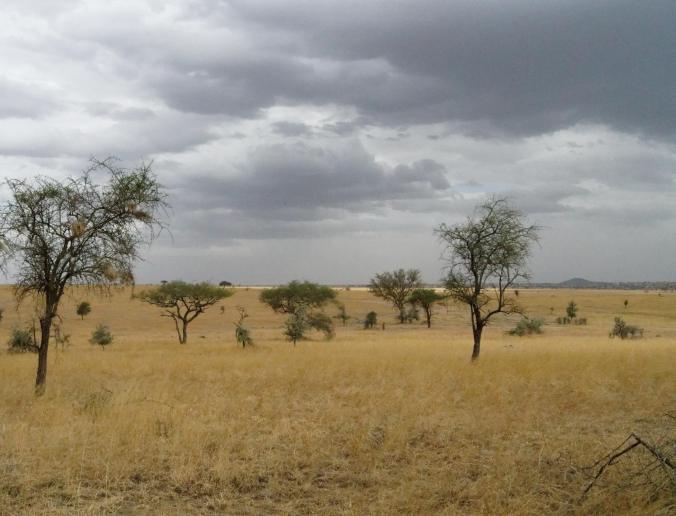

 It serves multiple functions. A 2017 Toyota Land Cruiser is our viewing platform and our means of locomotion, complete with the deafening soundtrack of sturdy tires on the washboarded, pitted, occasionally nearly invisible dirt road. It supports the throne from which our estimable guide, Zadok (about whom Danny has written much more) surveys the lands, makes plans and advises his more-or-less ignorant charges – us — all the while offering reams of well-considered information about Tanzanian history, politics, culture, wildlife, geography.
It serves multiple functions. A 2017 Toyota Land Cruiser is our viewing platform and our means of locomotion, complete with the deafening soundtrack of sturdy tires on the washboarded, pitted, occasionally nearly invisible dirt road. It supports the throne from which our estimable guide, Zadok (about whom Danny has written much more) surveys the lands, makes plans and advises his more-or-less ignorant charges – us — all the while offering reams of well-considered information about Tanzanian history, politics, culture, wildlife, geography.

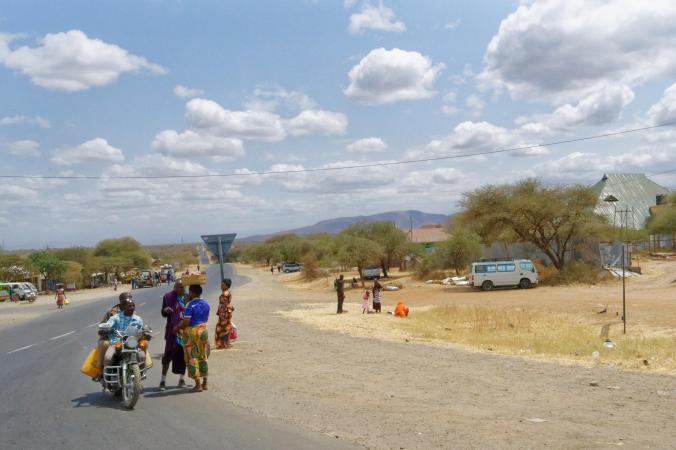





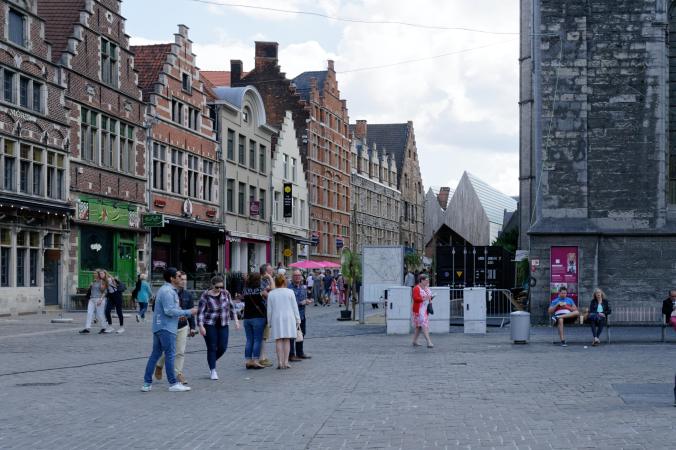












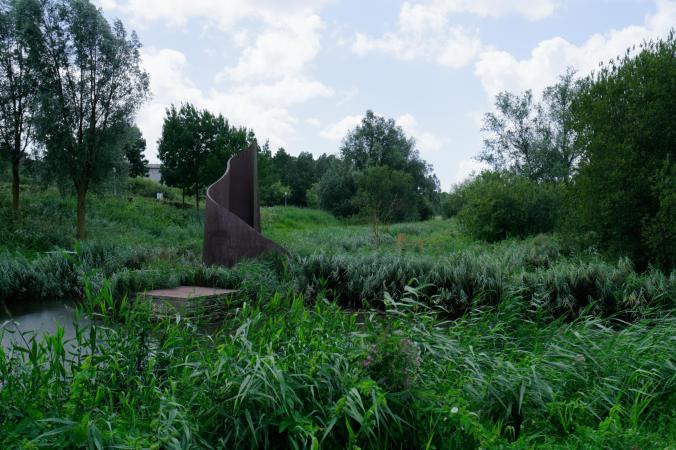




 It’s a townhouse-and-houseboat-filled residential neighborhood (supermarkets, haircutting salons, the occasional “lifestyle” store), well-to-do to be sure, although not much here seems pricey after the out-of-this-world sums charged for power bars and toilet paper throughout Norway.
It’s a townhouse-and-houseboat-filled residential neighborhood (supermarkets, haircutting salons, the occasional “lifestyle” store), well-to-do to be sure, although not much here seems pricey after the out-of-this-world sums charged for power bars and toilet paper throughout Norway.
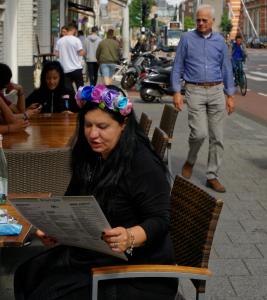 Some of the passersby we encounter on the sidewalks are even shorter than we are. (Tourists, probably.) Populating our neighborhood is an Indonesian vegan retauranteur who emigrated decades ago from the then-Dutch colonies; pitch-skin-black immigrants from Africa, black and brown refugees from various war-wracked, genocidal regions of this troubled world. Amsterdam feels New York-ish socially, then, without being at all like New York in most ways. Its vertically squeezed, low-scale, occasionally heaving-to townhouses insist:
Some of the passersby we encounter on the sidewalks are even shorter than we are. (Tourists, probably.) Populating our neighborhood is an Indonesian vegan retauranteur who emigrated decades ago from the then-Dutch colonies; pitch-skin-black immigrants from Africa, black and brown refugees from various war-wracked, genocidal regions of this troubled world. Amsterdam feels New York-ish socially, then, without being at all like New York in most ways. Its vertically squeezed, low-scale, occasionally heaving-to townhouses insist:


